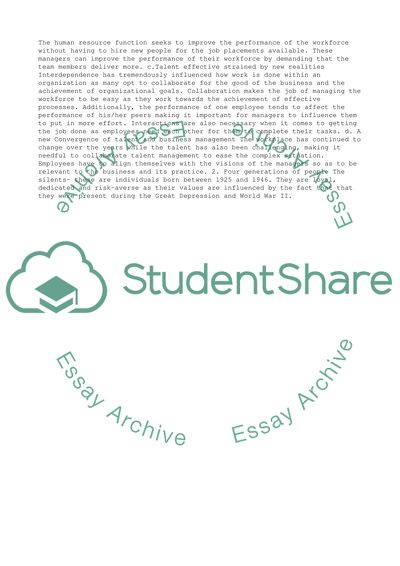Cite this document
(“Managing People for a Competitive Advantage Essay”, n.d.)
Managing People for a Competitive Advantage Essay. Retrieved from https://studentshare.org/business/1699723-managing-people-for-a-competitive-advantage
Managing People for a Competitive Advantage Essay. Retrieved from https://studentshare.org/business/1699723-managing-people-for-a-competitive-advantage
(Managing People for a Competitive Advantage Essay)
Managing People for a Competitive Advantage Essay. https://studentshare.org/business/1699723-managing-people-for-a-competitive-advantage.
Managing People for a Competitive Advantage Essay. https://studentshare.org/business/1699723-managing-people-for-a-competitive-advantage.
“Managing People for a Competitive Advantage Essay”, n.d. https://studentshare.org/business/1699723-managing-people-for-a-competitive-advantage.


